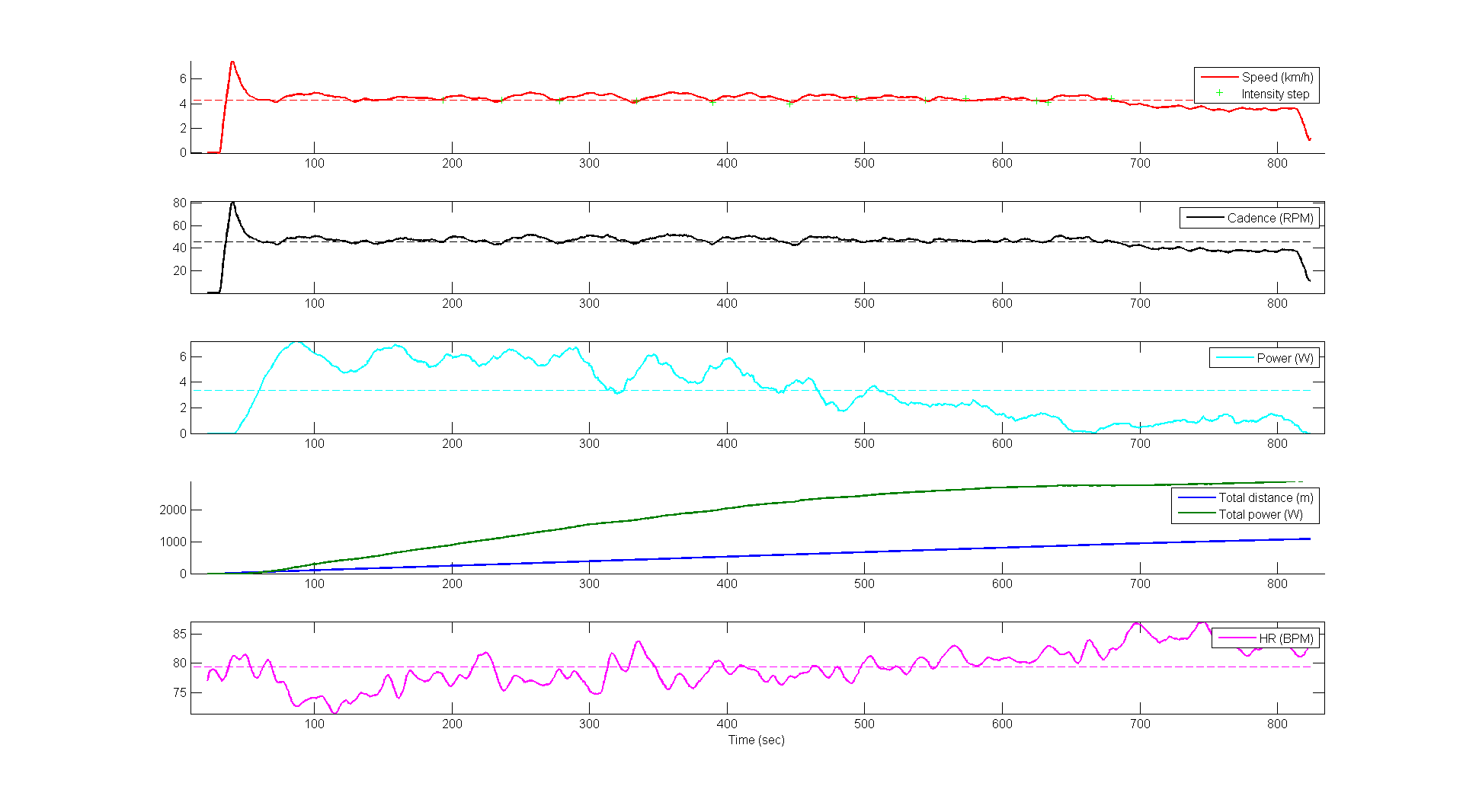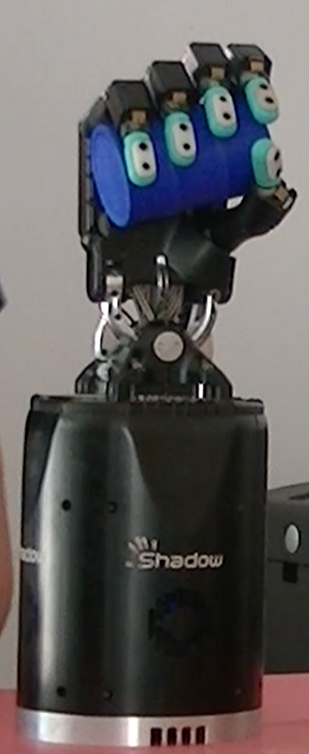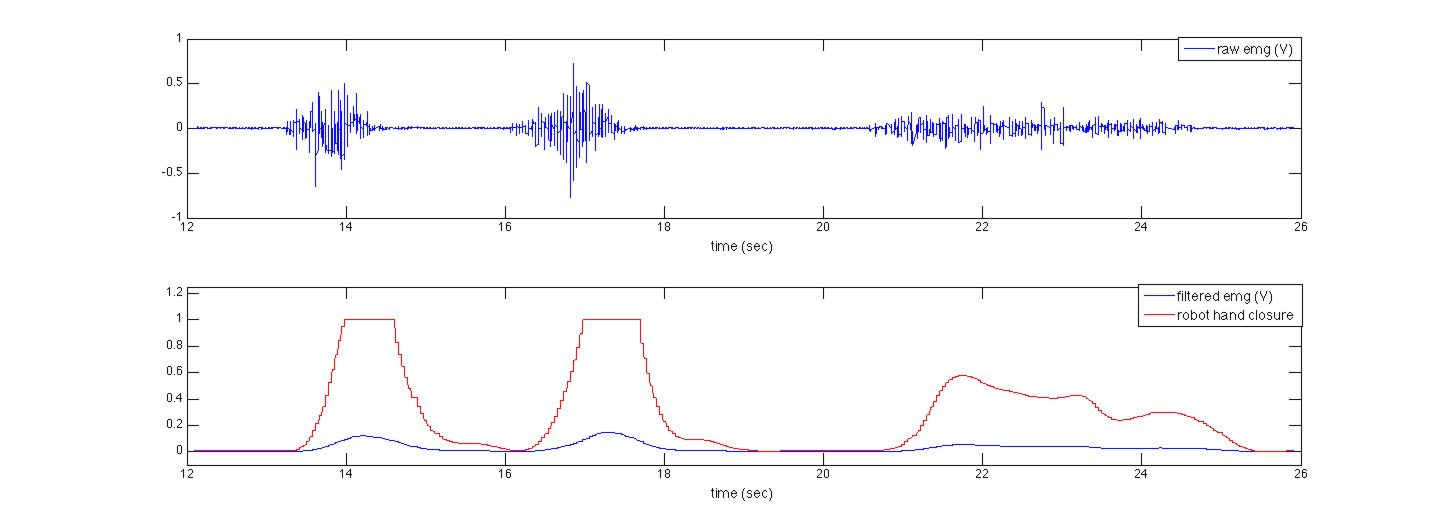Section: New Results
Synthesis and Control of Human Functions
FES-assisted cycling in SCI individuals
Participants : Christine Azevedo Coste, Benoît Sijobert, Charles Fattal, Anne Daubigney [COS Divio, Dijon] , Jérôme Parent, Antonio Padilha Bo [University Brasilia] , Emerson Facin Martins [University Brasilia] , Lucas Fonseca [University Brasilia] , Juliana Guimaraes [University Brasilia] .
During more than one year we have prepared one complete paraplegic patient to participate into FES-cycling discipline at Cybathlon 2016. A research protocol was associated to this physical preparation and several variables have been monitored during the training in order to evaluate performances, physical and psychological state. We have also developped a FES tricycle dedicated to the competition. We have modified a commercial trike and a commercial electrostimulator in order to have a mid cost system, adapted to complete paraplegia, easy to transport and compatible with safe transfers between wheelchair and trike seat. Our pilot reached the objectives: participating into the race, being qualified and cycle 750m in less than 8mn. He has been able during his training to cycle 1km200 in 13mn (fig.19).
In parallel, within CACAO associate team context, our Brazilian partner has trained several pilots using a similar training protocol [24], [22].
|
FES-assisted transfer in SCI individuals
Participants : Christine Azevedo Coste, Charles Fattal, Emerson Facin Martins [University Brasilia] , Lucas Fonseca [University Brasilia] , Ana Claudia Lopes [University Brasilia] , Roberto Baptista [University Brasilia] , Claudia Ochoa [University Brasilia] .
One of the research axes investigated in CACAO associate team with Brasilia University is the assistance of seat to seat transfers in spinal cord injured (SCI) individuals. We have initated a research protocol to evaluate the feasibility to reduce arm efforts during pivot transfers by using feet support provided by lower limb muscles stimulation. 2 complete paraplegic patients were included for pilot experiments. Transfer is a key ability and allows greater interaction with the environment and social participation. Conversely, paraplegics have great risk of pain and injury in the upper limbs due to joint overloads during activities of daily living, like transfer. Preliminary results were promissing [30]. Further inclusions will be achieved to confirm these preliminary observations.
New cueing modality for Parkinson Disease
Participants : Christine Azevedo Coste, Benoît Sijobert, Christian Geny [CHU Montpellier] .
Parkinson's Disease (PD) is the second most common neurodegenerative disorder in the world. It is often related to gait impairments and to a high risk of falls. Among different consequences of this disease, the Freezing of Gait (FOG) is defined as an episodic inability to generate an effective stepping. Subjects report the feeling of having their feet "glued to the ground". Numerous studies used auditory or visual stimulus to prevent FOG to happen.
In our study, we aimed to investigate the effect of a sensitive cueing on gait disorders in subjects suffering from PD for improving gait and for reducing FOG occurrence. 13 participants with PD were equipped with an electrical stimulator and an inertial measurement unit (IMU) located under the lateral malleolus on the sagittal plane. Electrodes were positioned under the arch of the foot (Fig. 20) and electrical stimulation (ES) parameters adjusted to deliver a sensitive signal. Based on previous studies we achieved using IMU in Parkinson's Disease [52], [51], [56], in this protocol online IMU signal was processed in order to trigger ES at heel off detection (Fig. 21). Starting from a quiet standing posture, subjects were asked to walk at their preferred speed on a path including 5m straight line, u-turn and walk around tasks. 3 situations were considered: no stimulation baseline pre-condition, ES condition, no stimulation baseline post-condition. In ES condition the time to execute the different tasks was globally decreased in all the subjects. In “freezer” subjects, the time to complete the entire path was reduced by 19. Freezing of Gait (FOG) episodes occurrence was decreased by 12 compared to baseline conditions. This preliminary work showed a positive global effect on gait and FOG in PD of a somatosensory cueing based on sensitive electrical stimulation [32].
Selective neural electrical stimulation of the upper limb nerves
Participants : Christine Azevedo Coste, David Guiraud, Wafa Tigra, Jacques Teissier [Clinique Beausoleil] , Bertrand Coulet [CHU Montpellier] , Charles Fattal, Anthony Gelis [Clinique PROPARA] .
We have experimented a new approach of selective neural electrical stimulation of the upper limb nerves of two tetraplegic patients. Median and radial nerves are stimulated via a multipolar cuff electrode to elicit movements of wrist and hand in acute conditions during a surgical intervention. Various configurations corresponding to various combinations of a 12- poles cuff electrode contacts are tested. Video recording and electromyographic (EMG) signals recorded via sterile surface electrodes are used to evaluate the selectivity of each stimulation configuration in terms of activated muscles. We succeed to elicit graduated extension of wrist and fingers and graduated wrist flexion. We have also experimented a new human-machine interface to, at term trigger this electrical stimulation by individuals with tetraplegia. We investigated the feasibility of piloting an assistive device by processing supra-lesional muscle responses online. The ability to voluntarily contract a set of selected muscles was assessed in five spinal cord-injured subjects through electromyographic (EMG) analysis. Two subjects were also asked to use the EMG interface to control palmar and lateral grasping of a robot hand (Fig. 22). The use of different muscles and control modalities was also assessed. All patients are able to contract some of the evaluated muscles, preferential mode of pilot is patient dependent (Fig. 23).
|
Spinal cord stimulation investigation
Participants : Christine Azevedo Coste, David Guiraud, Thomas Guiho, Charles Fattal, Luc Bauchet [CHU Montpellier] .
Spinal cord injury results in the loss of movement and sensory sensations but also in the disruption of some organ functions. Nearly all spinal cord injured subjects lose bladder control and are prone to kidney failure if they do not apply intermittent (self-) catheterization. Electrical stimulation of the sacral spinal roots with an implantable neuroprosthesis is one option besides self-catheterization to become continent and control micturition. However, many persons do not ask for this neuroprosthetic device (Brindley-Finetech implant) since deafferentation and loss of sensory functions and reflexes are serious side effects and since alternative treatments are available to patients (drugs, botulinus toxin….). This PhD work aimed at investigating various techniques for spinal cord electrical stimulation in order to address dysfunctions in spinal cord injured individuals on lesion levels that have an impact on lower limb movements and bladder, bowel and sexual functions. Orderly recruitment of fibers at the spinal cord level should eventually lead to orderly recruitment of the detrusor muscle without activation of the bladder sphincter. Thereby, low pressure voiding, for example, should be obtained but is currently impossible with existing active implantable medical devices. A new large animal model – the domestic pig – was investigated to overcome size effects of rodent models and be able to translate results and technology more easily to human. [23].






